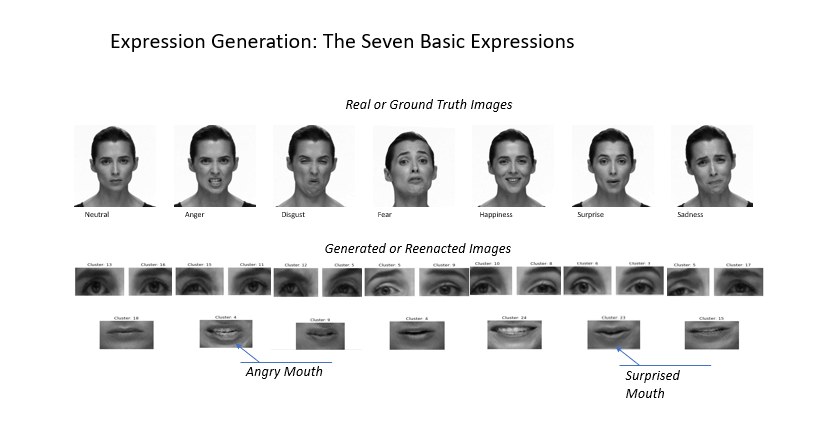Wes Sauder's degrees helped him to transition into better and more exciting roles-first with an MBA and now with a Master of Science in Information Systems
Three-quarters of Athabasca University (AU) students work while they study, and it's no wonder why. A degree from AU has helped thousands of graduates advance their careers or pivot to entirely new industries.
Wes Sauder (Master of Business Administration '07, Master of Science in Information Systems '23) has seen this first-hand-twice. Most recently, he's seen his work with data analytics and artificial intelligence help him land a job with the business analytics team at Hydro One, an electricity utility company in Ontario.
His graduate education began in the early 2000s. He was working full time and living in a small city with few advanced education options and wouldn't have been able to attend a bricks-and-mortar university. When he felt compelled to enhance his education, AU's flexibility appealed to him.
After leaving the automotive industry during the recession in 2008, Sauder's MBA helped him to progress quickly to more senior positions in other industries, working on process management from a perspective of Lean Six Sigma, a process-improvement approach aimed at eliminating waste to make business processes more efficient.
It was in doing this work that he started to develop an interest in data analytics as he could clearly see the benefit in terms of supporting employees with more efficient processes. He began to incorporate data analytics into this work.
Exploring an interest in data analytics
Sauder came to realize that although he could learn a lot about data analytics on his own-and he did through several free massive open online courses (MOOCs)-it wouldn't be enough to propel his career. Without a formal background and the know-how to use more advanced tools, he was using basic Microsoft products like Excel and Visual Basic for Applications (VBA) to do this work.
"I think everyone liked what I was doing, but they would critique or dismiss it because it was VBA or Excel," he said.
Having already completed a program at AU, he knew the distance-education model would work for him. He registered for the Graduate Certificate in Data Analytics program, unsure if he wanted to pursue a full graduate degree.

Laddering a graduate certificate into a Master of Science
Sauder said the option to take a shorter certificate program appealed because it was a smaller commitment but could still help him to develop the skills he was looking for in an academic context. He found that not only he enjoyed it, but he was very good at it.
He earned top marks along with a small scholarship to continue his work in the Master of Science program-credit earned from graduate certificates in the Faculty of Science and Technology can be applied towards a Master of Science degree. The certificates serve as a more accessible entry point to the full program.
"I think it's a good way for people like me who haven't made the decision," he said. "The certificate program gave me the confidence to go for the Master of Science."
Taking on an artificial intelligence research project
Of the three program streams available in the Master of Science in Information Systems program-thesis, project, or essay-Sauder said he had initially planned to go with the essay route. It wasn't until he was discussing his interests with one of his professors who encouraged him to do a project instead.
The specific project was related to work AU professors Dr. Ali Dewan and Dr. Vive Kumar were doing with generative artificial intelligence. The project was similar to popular apps like ChatGPT, but instead of generating sentences and paragraphs, the AI would generate facial expressions.
"Think of it like a painting palette, where instead of capturing every potential expression you may need, just collect the ones that are most common. Then use that as training data to generate new synthetic generative facial expressions," he said. "We wanted a way of recalling facial expressions on demand."

Research in a cutting-edge field of generative AI
In reviewing existing research, Sauder discovered there was not much that had been written about this specific topic. He set about developing a program that would be able to generate the kinds of images he was interested in.
"It worked way better than I expected. I knew we could generate images, but I didn't know they were going to be of this high quality."
The relative success of his work on this project has provided Sauder several opportunities to present publicly about this academic work, including at an IEEE conference.
"The research I did is, I would say, fairly cutting edge. Not that my work was cutting edge, but the domain is cutting edge," he said. "It really opened my eyes to a lot of new things."
"I think it's a good way for people like me who haven't made the decision. The certificate program gave me the confidence to go for the Master of Science."
Wes Sauder
AU Master of Science helps career growth
What's more important than the opportunity to do this kind of work present this work publicly, though, is the way the experience has translated into career growth.
A lack of education, or specific education, had limited his potential in previous roles. Working for an automotive company, for example, Sauder said career growth was limited if you were not an engineer.
Since completing his MBA with AU, Sauder was able to move into more advanced positions with a variety of companies, but he knew he wanted to do more than the MBA would allow him to do.
With a Master of Science under his belt, as well, he's now working as a data architect at Hydro One-a role that's more satisfying to him than the kind of process-mapping work he might be doing with an MBA.
"This job is a senior technical position," he said. "My degree gave me that flexibility. I don't think they could have hired me for this job I have without a master's degree."